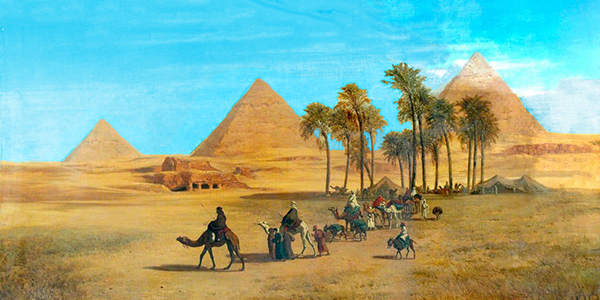Pyramids of Giza
The Great Pyramid of Giza is the oldest of the Seven Wonders of the Ancient World, and has always been a source of fascination for most people. It lies together with two other main pyramids and some subsidiary ones, all closely arrayed in the complex. Silently the impressive structures stand, majestically overlooking the vast expanse of desert, while, over the years, humanity has speculated about the deep mystery surrounding this example of beautiful architecture.
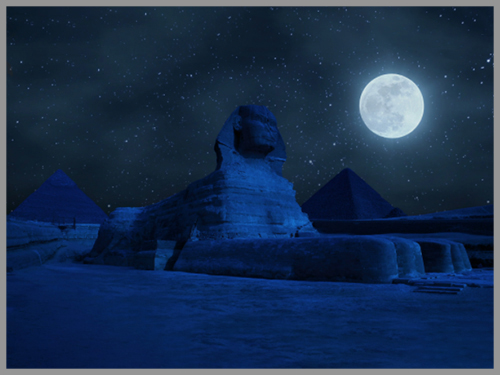
It appears that the Great Pyramid, the oldest in the group, was built for pharaoh Khufu, approximately around 2560 BC. Originally reaching up to a staggering 481.40 feet, the Great Pyramid was covered by white limestone casing stones, which resulted in an alluringly smooth surface.
It’s not difficult to imagine the splendour of this fascinating edifice, zealously guarded by the magnificent Sphinx from a short distance away!
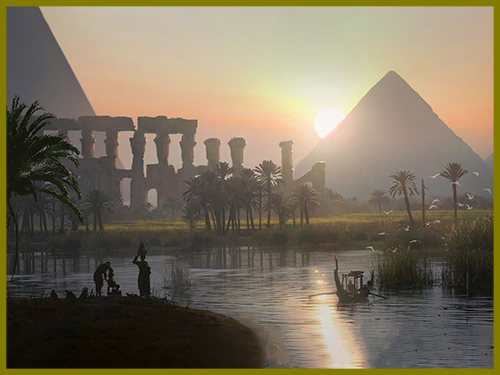
The funereal network encircling the pyramid incorporated two mortuary temples, one near the pyramid and one alongside the Nile. These were linked by a causeway. Added to this were tombs for the immediate family, plus three lesser pyramids for Khufu’s spouses and five interred solar barges.
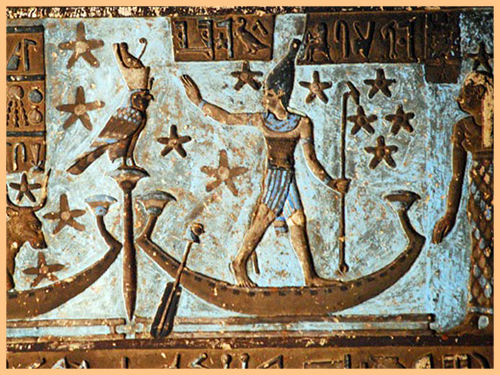
But how did the Egyptians manage to build these incredible edifices? Take the Great Pyramid – it was assembled with millions of accurately hewn stones, each weighing at least two tons. Even with today’s technological advancements and construction equipment, it would still be a most imposing undertaking to attempt a building of that magnitude and complexity!
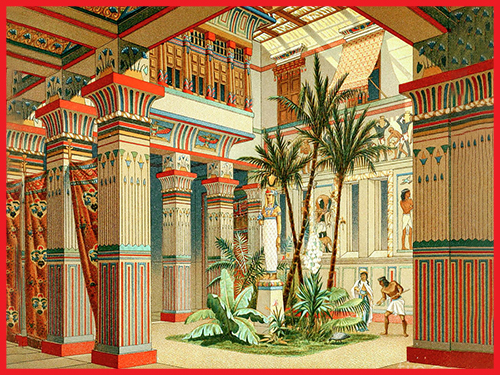
If we are to believe that, logically, we might not be alone in this Universe and that if we aren’t, chances are there could perhaps be more advanced technologies on another world, then extraterrestrial visitations cannot really be ruled out.
When you take into account all the mathematical knowledge encoded into the Great Pyramid, it’s not unreasonable to think there may have been some higher-level assistance.
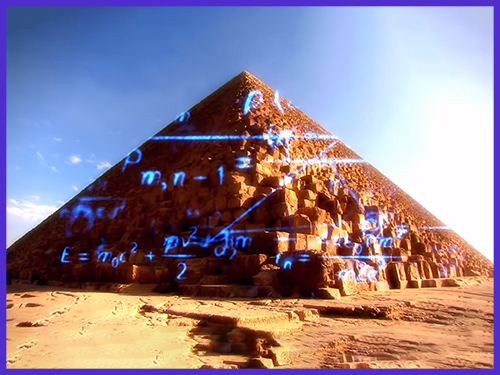
This is undeniably great technological sophistication indeed, surpassing anything in existence today. The mathematical exactitude of this splendid piece of architecture knows no bounds – the measurement used wasn’t feet and inches but cubits. Now, one royal cubit equals 1.86 feet, and is exactly 1/25 millionth of the Earth’s diameter from north to south – exactly! Therefore, 25 million cubits would accurately fit side by side from north to south through the Earth’s core!
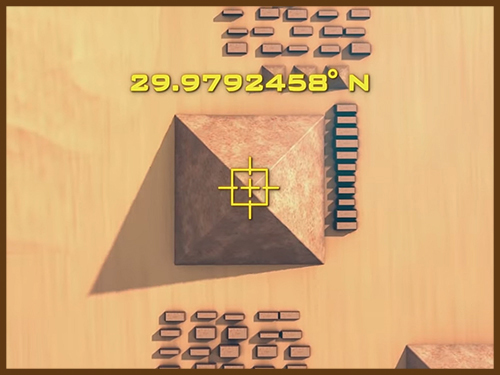
And if you consider the location of the Great Pyramid as a coordinate (29.9792458 deg N), the series of numbers is the precise equivalent of the speed of light travelling through space (299,792458), measured in metres per second; again down to the last number! This is pretty mind-blowing, right?
Orion correlation theory
The astronomical configuration of the pyramids is said to align with the stars in Orion’s belt, namely Alnilam, Alnitak and Mintaka. Alien theorists often point to the fact that these three pyramids are in much better condition than others built centuries later.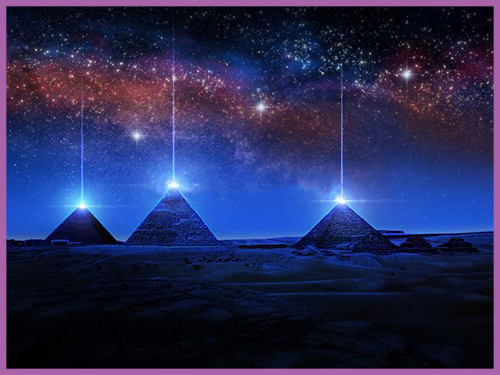
The basis of this theory revolves around the suggestion that the relative positions of the three main pyramids on the Giza plateau was, by design, coordinated with the relative positions of the three stars in the constellation of Orion (Alnilam, Alnitak and Mintaka), as they appeared in the night sky in 10,000 BC.

According to famed author Graham Hancock, the Sphinx dates as far back as 10,500 BC, and he proposes that it was actually built by an advanced civilization, now vanished – opinion which identifies with my theory on the lost civilization of Atlantis (see “Mysterious History, part 2”). He recognises that the Giza pyramids were erected about 8,000 years later but posits the idea that the technology used to build the Sphinx set a precedent for future edifices.
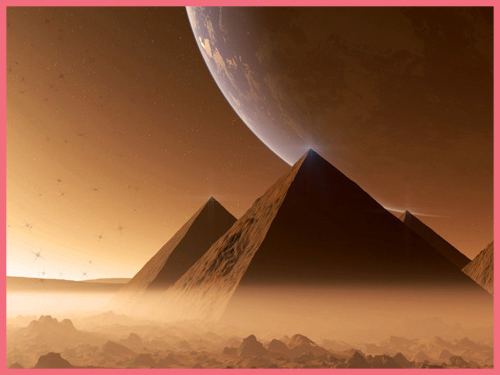
He talks about megaliths found on the arid shores of Cydonia, an early Martian ocean, and a Sphinx-like construction portraying a face with diadem, teeth, mouth and an Egyptian-style headdress. Hancock speculates that they are identical to the geometrical arrangement of the Giza complex. Had our lost ancient civilization from 12,000 years ago already been on Mars? There seems to be a definite pattern …
And so, the majestic and mysterious Pyramids and Sphinx have stood for thousands of years, their builders and architects long gone; only the memories remain, embedded on those ancient stones, and the enigma of a possible connection to the stars and distant alien civilizations …
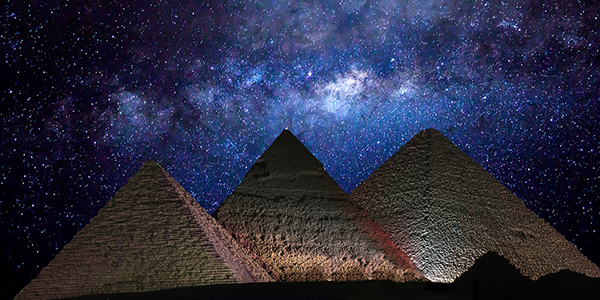
.png)
